A battle inside Quang Tri citadel, 1972. (Photo: Doan Cong Tinh)
“Red Rain” - a feature film about the revolutionary war, scripted by writer Chu Lai, inspired and fictionalized from the 81-day and night event (June 28, 1972 to September 16, 1972) of the heroic and resilient fighting of the people and cadres and soldiers to protect Quang Tri Citadel in 1972 - a fierce battle that contributed significantly to creating a turning point at the Paris Conference negotiation table, paving the way for the great victory of Spring 1975, liberating the South, and unifying the country.
So how tragic was the 81-day and night battle to protect Quang Tri Citadel?
Historical context
Throughout history, as the political , economic and cultural center of the province, Quang Tri Citadel not only played a great role in the development of the locality, but also played a very important role in the development process of the nation.
In particular, the 81-day and night battle to protect Quang Tri Citadel is always a heroic epic of the entire people of the country, a bloody and flowery picture along with many other heroic battles that created miracles, regained independence and freedom for the nation, and swept away foreign invaders from the country's borders...
On July 20, 1954, the Geneva Agreement on ending the war and restoring peace in Indochina was officially signed. According to the Agreement, Vietnam took the 17th parallel as a temporary dividing line. A part of Quang Tri from Ben Hai River was liberated, the districts from Gio Linh to Hai Lang became a new type of colony of the US empire. Quang Tri town, including Quang Tri Citadel, became the political, military, economic and social center. The US and puppet regime turned the Citadel into a military zone, an army warehouse and a command center for the entire province, and at the same time opened more prisons to suppress our revolutionary movements.
The US and the puppets always considered the Quang Tri defense line as the most solid "dike" in South Vietnam. Only when the 1972 Spring-Summer Campaign opened, after two fierce attacks and uprisings (from March 30 to May 1, 1972), did our army and people closely coordinate to attack and revolt, wiping out the most solid defense system and smashing the brutal suppression apparatus of the US and the puppets from Ben Hai River to My Chanh, from Khe Sanh to Cua Viet. A large area of the homeland was completely liberated, the "dike" built by the US was also breached by the liberation army, the victory flag of our army flew on the roof of the puppet government's Provincial Governor's Palace, signaling the liberation of the entire Quang Tri province.
Having lost Quang Tri, the enemy planned to counterattack and retake Quang Tri town in July and the entire Quang Tri province in September 1972. Therefore, they frantically concentrated here a huge military force with many branches and the strongest divisions, including divisions belonging to the national reserve force.
Soldiers of Quang Tri Citadel 1972.
The 81 days and nights of defending the Citadel
On June 13, 1972, Nguyen Van Thieu decided to launch an operation codenamed Lam Son 72 to retake Quang Tri. To ensure victory, Nguyen Van Thieu mobilized the strongest forces to participate in the campaign, equivalent to 13 infantry regiments, 17 artillery battalions, 5 armored divisions and many US air force and gunboat units; at the same time, he appointed Lieutenant General Ngo Quang Truong - a general with the highest expectations among the generals of the Republic of Vietnam army as Commander of Military Region 1, Army Corps 1.
Politically, the enemy hoped that this operation would restore morale, erase the defeatist mentality that was spreading throughout the puppet army, and at the same time put pressure on us at the Paris Conference.
Militarily, they hoped to break our army's attack, hold the ancient capital of Hue and retake Quang Tri - the strategic southern frontier, an important traffic hub connecting Vietnam with Central and Lower Laos.
Strategically, this was one of the last efforts to save the bankrupt "Vietnamization" strategy, for which the enemy frantically concentrated a huge military force here.
After several days of landing and shelling to clear the way, early in the morning of June 28, 1972, from the starting line east of My Chanh, enemy infantry and tanks officially launched a counterattack codenamed Lam Son 72. They combined land attacks (Road No. 1 and Road No. 68), air landings (south of Nhung River, Co Lung) and sea routes (Thuan Dau) from many directions to attack our posts on the way to the town. With great ambition and effort from both the US and the Saigon army, the Quang Tri front, especially the town and Quang Tri Citadel, became the most important target, the place where we and the enemy fought fiercely for 81 historic days and nights.
On our side, to proactively respond to the counterattack to retake Quang Tri, on June 25, 1972, the B5 Command ordered the Quang Tri Provincial Military Command to urgently prepare for combat, ready to defeat the enemy's major counterattack.
The 300,000 people in the south of Quang Tri had to face a new challenge, an extremely fierce challenge. Local troops and guerrillas coordinated urgently to bring 80,000 people from the town and the two districts of Trieu Phong and Hai Lang to safe places, while organizing many raids to attack the enemy from many directions. Throughout the communes and wards in the south of the province, on the Vinh Dinh River, the main force troops, local troops, and guerrillas vowed "as long as there are people, there is a battlefield, we will fight to the death to protect our homeland," fighting steadfastly to prevent the enemy from entering the town.
Soldiers fought bravely in Quang Tri Citadel.
The Quang Tri Provincial Military Command deployed forces in the town area with full staffing for the 8th Infantry Battalion, the 3rd Infantry Battalion, the town's 32nd Company, and guerrilla units to coordinate combat with the main force to protect the area.
In the East, the 14th Infantry Battalion, with its main task of joining the main force to hold the Cua Viet area, and at the same time, together with the grassroots cadres, mobilized and organized the evacuation of people to the rear, even if the enemy had crossed over. Preparing the front behind the enemy, the 10th Special Forces Battalion and local army companies of the two districts of Trieu Phong and Hai Lang, along with the guerrilla teams, held on to the villages and communes, ready to attack the enemy's rear.
The counterattack of the army and people of Quang Tri together with the main force on the Quang Tri front was fierce from the very first days. After 20 days of attacking the town, the enemy only encroached on Tri Buu village, Co Thanh village and Sai market area. All massive attacks of the enemy were stopped by the steadfast steel posts of our army.
During the period from July 4, 1972 to July 27, 1972, the enemy repeatedly attacked our positions but were fiercely fought back. The 14th Battalion of the province coordinated with local guerrillas to attack the enemy at the Cu Hoan, Tra Tri, and Tra Loc villages.
On July 22, 1972, the enemy landed by helicopter north of Vinh Dinh River and was heavily damaged by the provincial armed forces and main force troops.
Overcoming all difficulties, fierce hardships and sacrifices, our soldiers fought steadfastly. In just the period from June 28 to July 27, 1972, the units guarding the town and the Citadel severely damaged the 2nd Airborne Brigade and 2 Marine battalions, forcing the Airborne Division (which had suffered nearly 5,000 casualties) to retreat to the rear for consolidation.
In the south of the province, in areas where the enemy had crossed over, guerrilla warfare spread. The provincial armed forces launched daring battles in Hoi Yen, Gia Dang (Battalion 10), in Tra Tri, Tra Loc (Battalion 14), destroying Hoi Yen, Ngo Xa Dong bridges, and Ba Ben bridges on Provincial Road 68 (Engineer Company 24). Guerrillas of Trieu Son, Trieu Trach, Trieu Thuong… attacked the enemy with infantry guns, spikes, and traps…
Entering August, the fierce confrontation between us and the enemy in the town and Citadel area took place at an increasingly high level. After occupying some advantageous areas, the enemy turned to attack the town.
With the will "as long as there are people, there is a battlefield," K3 Tam Dao still exists, Quang Tri Ancient Citadel still exists, the officers and soldiers of Battalion 3, Battalion 8 stationed in the citadel repelled many enemy counterattacks. Many risked their lives trying to climb up the ramparts to plant flags, but were immediately killed by Platoon Leader Han Duy Long (Battalion 3) and his comrades.
Fierce battle at Quang Tri Citadel.
To defend the Citadel, our soldiers had to use tactics of combining firepower and mobility, using artillery and tanks to lead the charge and destroy weak enemy positions. Mobile anti-aircraft guns prevented aircraft from reaching the right range to provide support, allowing tanks to rush in and capture enemy targets.
In order to support the puppet army's morale, in addition to tactical and strategic aircraft bombing at the request of the infantry at the front, the US also used naval gunboats and long-range ground artillery to fire up to twenty thousand rounds of ammunition throughout the day.
With the "slow and steady" tactic, every time they encountered our troops, the enemy stopped, called in bombs and artillery, then organized another attack.
Due to the enemy's overwhelming firepower, our outer defense line gradually collapsed. From the beginning of September, the battle was extremely fierce in the heart of the town and Quang Tri Citadel. We and the enemy fought for each house, each street corner, each section of the Citadel wall.
The weather was not favorable at that time, tropical depressions continuously occurred, the water level of Thach Han River rose, the whole town was submerged in water. Taking advantage of that situation, the enemy increased the bombardment of our fortifications. Our soldiers took turns bailing out water to prevent flooding of the fortifications, while fighting the enemy, soaking in water all day, eating dry food, drinking water, so their health declined, casualties were very high, sometimes over 100 people per day. Faced with that situation, our army was ordered to retreat to Thach Han River at 6:00 p.m., September 16, 1972.
Quang Tri town during 81 days and nights from June 28 to September 16 was likened to a bomb bag. On average, each day the enemy mobilized 150-170 jet planes and 70-90 B52s to bomb and destroy the town and Quang Tri Citadel.
With an area of less than 3 square kilometers, during 81 days and nights, the town and Quang Tri Citadel had to endure 328,000 tons of bombs and ammunition, with each of our soldiers having to endure an average of 100 tons of bombs and 200 artillery shells.
Western press at that time commented that the destructive power was equivalent to the 7 atomic bombs the US dropped on Hiroshima, Japan in 1945. There was a day when the number of bombs dropped by the US in Quang Tri far exceeded the number of bombs dropped by the US in the entire South in 1968-1969.
The most intense was on July 25, when the town was hit by 35,000 American artillery shells, not to mention bombs from planes. With the mobilization of a huge amount of bombs and ammunition, the American army had an overwhelming advantage in firepower.
Under the fierce rain of bombs and bullets of the enemy, our army units fought extremely bravely, steadfastly holding their positions, defending, and fighting with the enemy for every meter of trench, every pile of rubble; being resourceful and flexible, they discovered and destroyed many enemy forces, even destroying small, scattered units that secretly sneaked in through tunnels to plant flags on the Citadel.
After nearly 3 months of heroic and resilient fighting, the forces completed the assigned strategic mission, foiling the US-puppet's plan to quickly "retake the Citadel", effectively serving the political and diplomatic struggle.
And despite being covered with injuries, the soldiers and revolutionary heroes still fought tenaciously, determined not to leave the battlefield, determined to protect the battlefield until their last breath.
During those 81 days and nights, thousands of soldiers sacrificed here and their remains were not recovered because of the smoke, fire, and bombs, their blood and bones were mixed with the rubble, tens of thousands of soldiers braved danger, crossed the Thach Han River, overcame the rain of bombs and bullets, with only one goal to advance to defend the Quang Tri Citadel, and then one after another they fell, their bodies mixed into the Thach Han River, forever sacrificing themselves at the age of twenty.
The battle to protect Quang Tri Citadel lasted 81 days and nights (from June 28 to September 16, 1972), associated with the tragic Thach Han River, which has gone down in history as an immortal epic, stirring the conscience of mankind, becoming a shining symbol of revolutionary heroism, forever engraved in the history of the Vietnamese people's fight against foreign invaders.
In that fierce confrontation between us and the enemy, under the wise and talented leadership of the Party and the close direction of the Ministry of National Defense, the Campaign Command, together with the brave, selfless fighting spirit and creative fighting style of the officers and soldiers, the Citadel not only stood firm under the enemy's rain of bombs and bullets, but also pushed the US to make the next mistake of launching an air raid with B-52 strategic aircraft on Hanoi and Hai Phong; the result was a disastrous defeat.
Liberation soldiers after a battle at Quang Tri Citadel. (Photo: VNA)
Historical significance
The victory of the Spring-Summer 1972 campaign to liberate Quang Tri and the 81-day and night fierce battle to protect the Citadel became the central political issue that shook the entire United States, extinguished the war-escalating intentions of the belligerent forces, and contributed to forcing the US empire to resume negotiations and sign the Paris Agreement.
This was a victory of important strategic significance, contributing decisively to a strong change in the strategic arrangement between us and the enemy, creating a favorable balance of forces for us to promote the combined strength so that our army and people could launch a stormy, lightning-fast attack, creating the historic great victory of Spring 1975, completely liberating the South and reunifying the country.
With the soldiers' excellent discipline, indomitable will and boundless sacrifice, the soldiers resolutely held the battlefield for 81 days and nights. Those were 81 historic days and nights full of sacrifice that will forever be immortal. The human factor won and shattered all military and diplomatic calculations of the enemy./.
Source: https://baolangson.vn/81-ngay-dem-khoc-liet-tai-quang-tri-nguon-cam-hung-cua-phim-mua-do-5056932.html



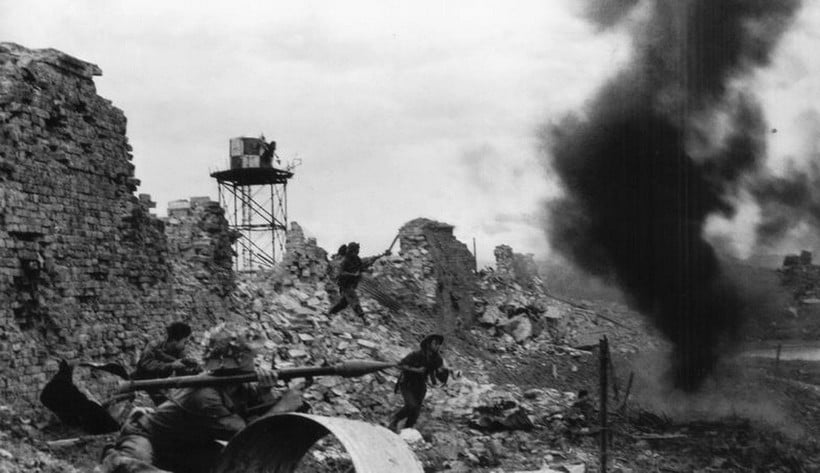
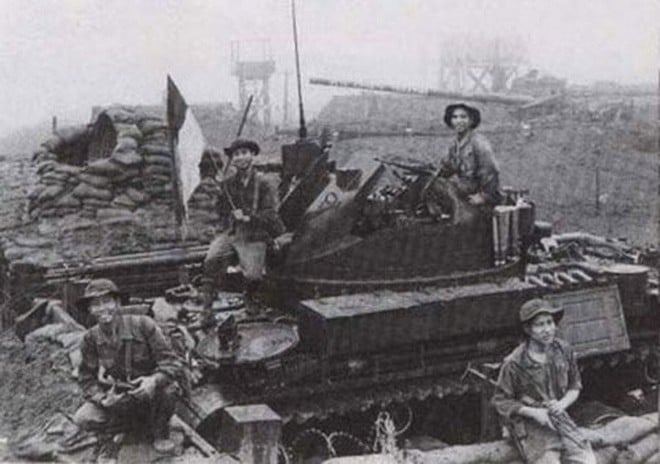
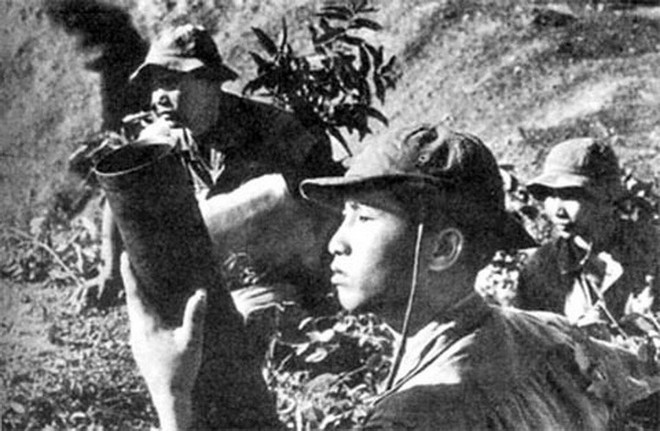
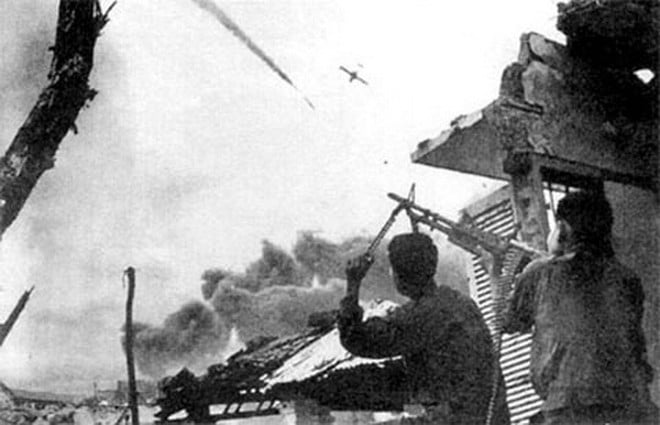
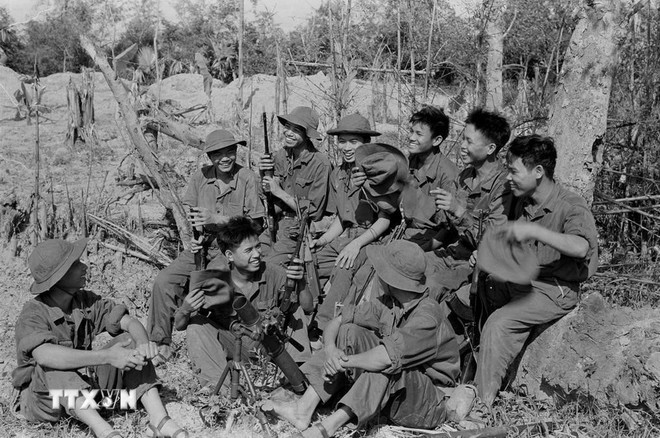
![[Photo] General Secretary To Lam attends the opening ceremony of the National Achievements Exhibition](https://vphoto.vietnam.vn/thumb/1200x675/vietnam/resource/IMAGE/2025/8/28/d371751d37634474bb3d91c6f701be7f)
![[Photo] Politburo works with the Standing Committee of Cao Bang Provincial Party Committee and Hue City Party Committee](https://vphoto.vietnam.vn/thumb/1200x675/vietnam/resource/IMAGE/2025/8/28/fee8a847b1ff45188749eb0299c512b2)
![[Photo] Prime Minister Pham Minh Chinh meets with Speaker of the New Zealand Parliament Gerry Brownlee](https://vphoto.vietnam.vn/thumb/1200x675/vietnam/resource/IMAGE/2025/8/28/cec2630220ec49efbb04030e664995db)
![[Photo] General Secretary To Lam presents the 45-year Party membership badge to comrade Phan Dinh Trac](https://vphoto.vietnam.vn/thumb/1200x675/vietnam/resource/IMAGE/2025/8/28/e2f08c400e504e38ac694bc6142ac331)
![[Photo] Red flag with yellow star flutters in France on National Day September 2](https://vphoto.vietnam.vn/thumb/1200x675/vietnam/resource/IMAGE/2025/8/28/f6fc12215220488bb859230b86b9cc12)
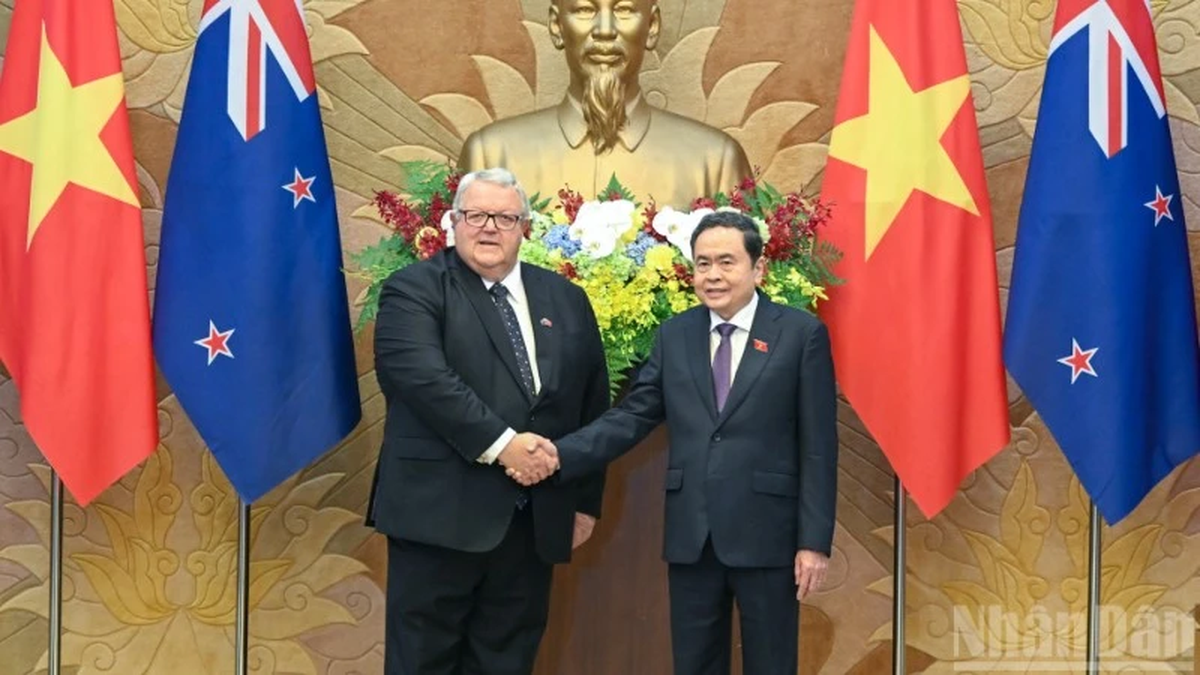



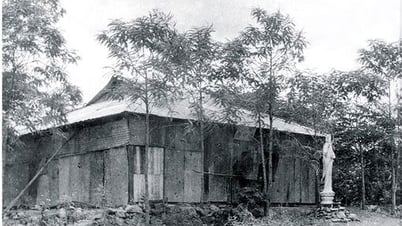
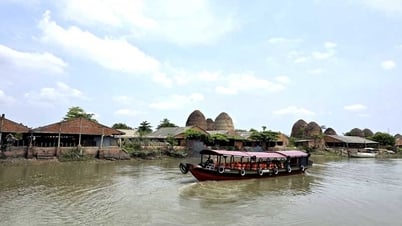

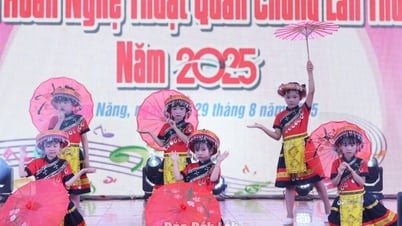

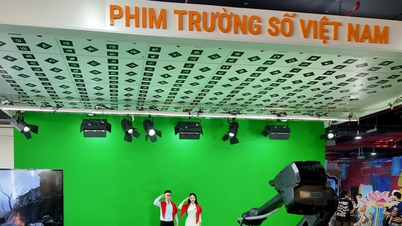





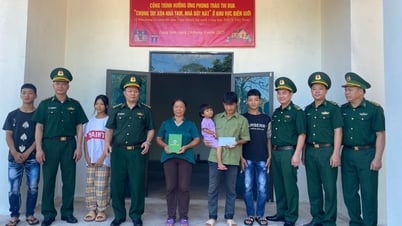
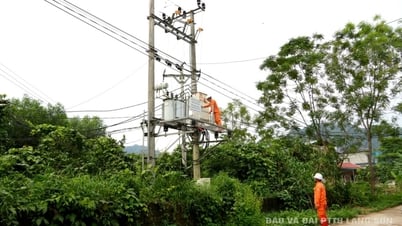




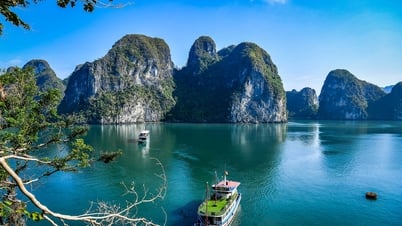

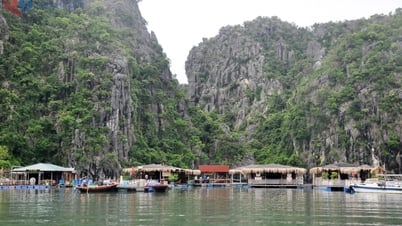

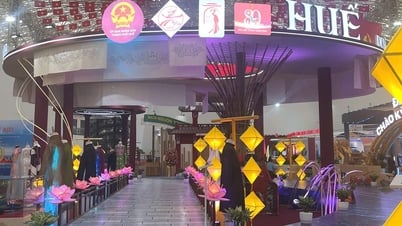

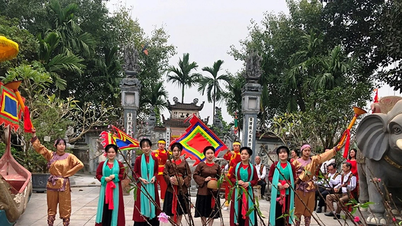







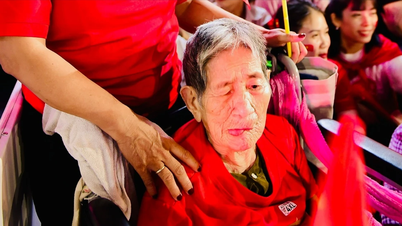

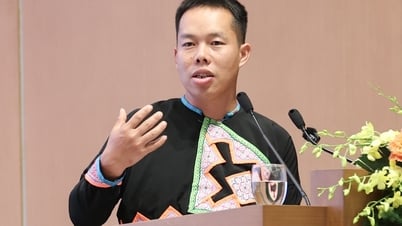

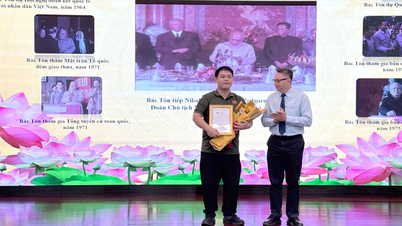

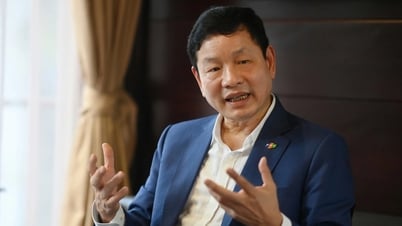

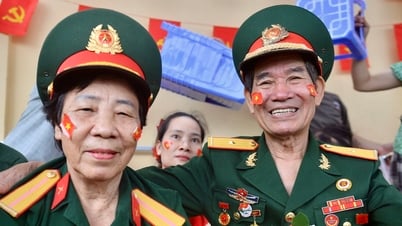




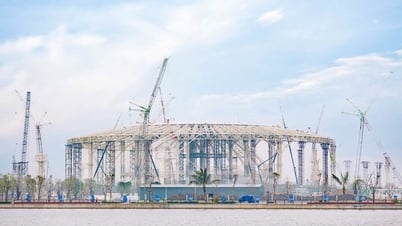

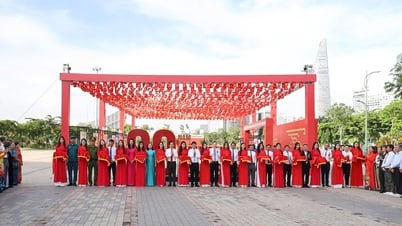



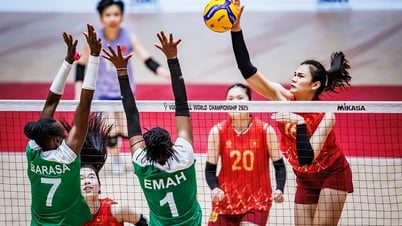






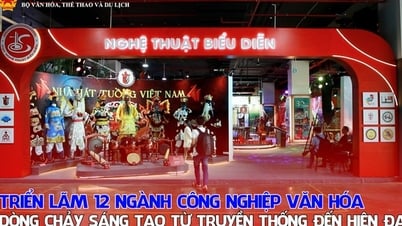






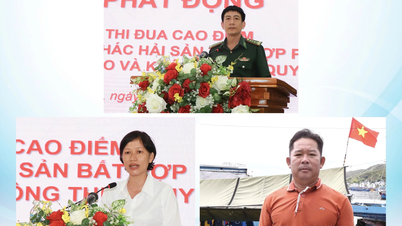



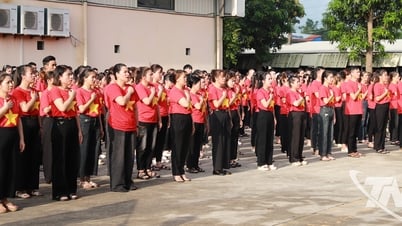

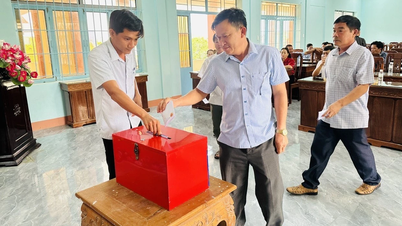


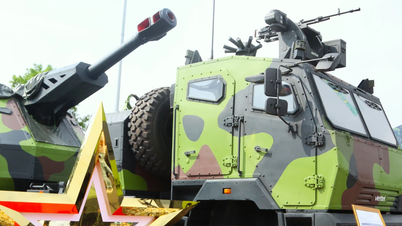



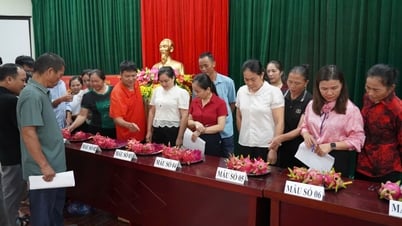








Comment (0)